I've read a few times that once a diamond is set, it may face up around one grade lighter. Is this because of the metal around the diamond itself reflecting through the diamond, or the human eye comparing it to the ring?
Reason for asking is that I've just received a potential replacement for a diamond I bought just before christmas, and will be comparing the two side-by-side later. The first one is a G grade and is set in a platinum ring. The potential replacement is a couple of grades lower (I grade), and is loose. Both graded by GIA and similar size (0.9 vs 1.05). I haven't got the two side by side yet (as one is on my fiancee's finger!), but the Grade I sparkles like crazy and looks beautiful. However, in certain low lights or angles I can see a yellow tint face-on, and I don't know whether this will differ at all once set. I want to make the comparison between the two as fair/realistic as possible.
Thanks
Reason for asking is that I've just received a potential replacement for a diamond I bought just before christmas, and will be comparing the two side-by-side later. The first one is a G grade and is set in a platinum ring. The potential replacement is a couple of grades lower (I grade), and is loose. Both graded by GIA and similar size (0.9 vs 1.05). I haven't got the two side by side yet (as one is on my fiancee's finger!), but the Grade I sparkles like crazy and looks beautiful. However, in certain low lights or angles I can see a yellow tint face-on, and I don't know whether this will differ at all once set. I want to make the comparison between the two as fair/realistic as possible.
Thanks
Last edited:


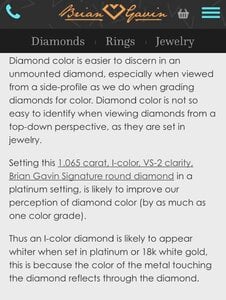

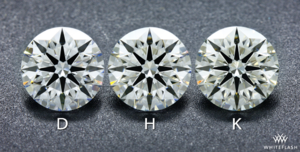

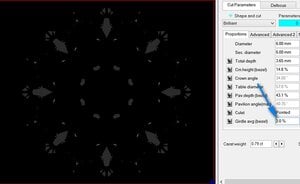
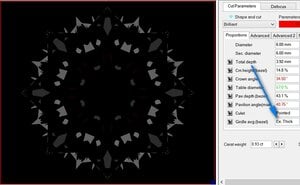

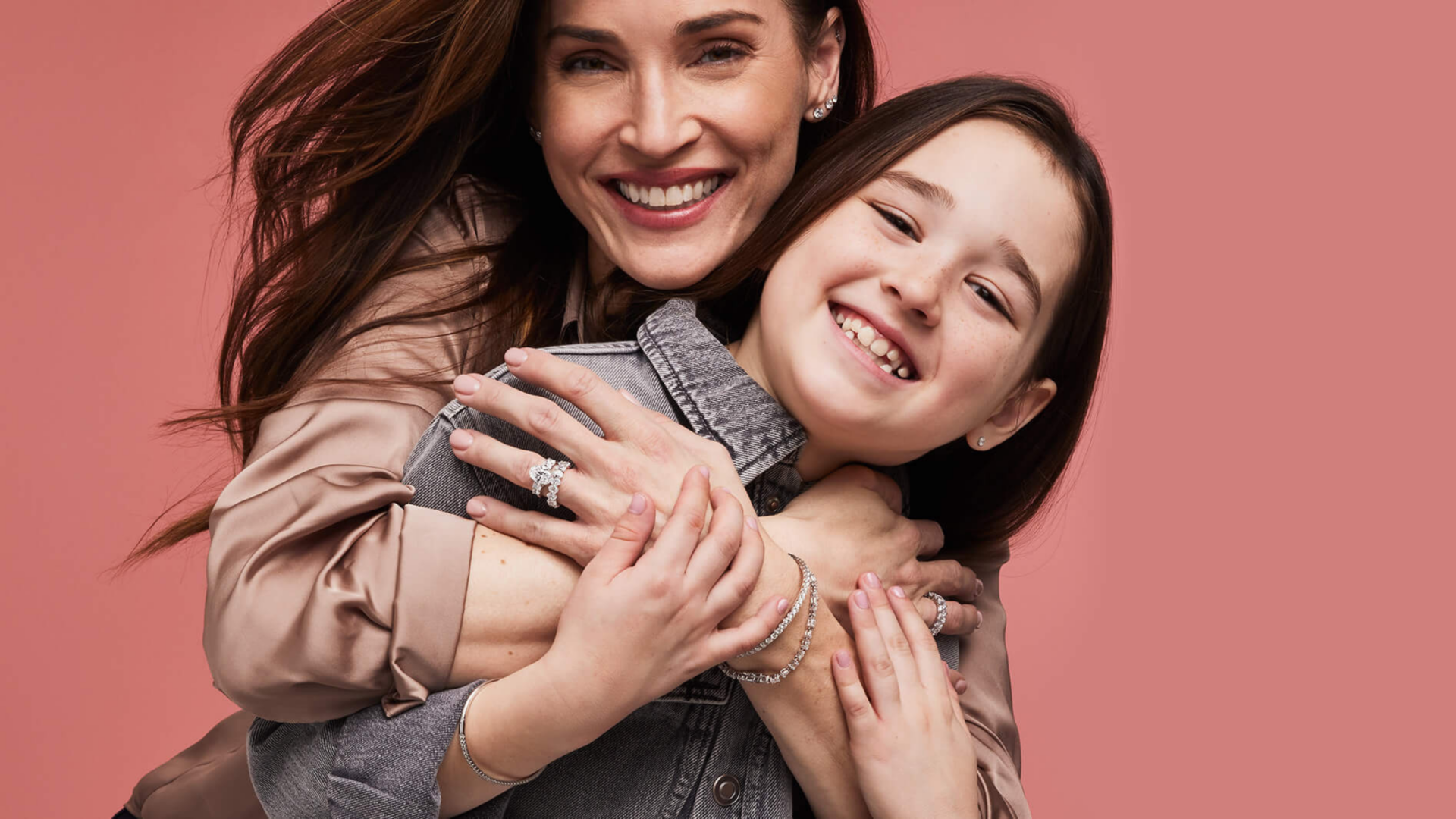

300x240.png)